How to Grow and Care for Peach Trees
:max_bytes(150000):strip_icc():format(webp)/how-to-grow-and-care-for-peach-trees-4589455-1-e76076a29bd94e8b946aaa7b5e9d78fb.jpg)
Every year, the Environmental Working Group publishes a list of the “dirty dozen” produce items that contain the most pesticide residue, and peaches are usually on that list. If you want to enjoy this delicious fruit, why not consider growing organic peaches? You don’t need the tropical temperatures necessary for citrus fruits like lemons, and you can opt for flavorful thin-skinned types that are too delicate to make it to supermarket shelves.
There are dozens of peach trees varieties, even dwarf cultivars that you can grow in a container, so you can grow a peach crop for cobblers, jams and jellies, smoothies, or salsa.
When grown from seed, peach trees take at least three to four years to produce fruit. Purchasing a young tree means you can enjoy a harvest sooner. Plant your peach tree during late winter or early spring, during its dormancy period.
All parts of the peach tree, except for the edible fruit, are toxic to humans1 and pets2.
| Common Name | Peach |
| Botanical Name | Prunus persica |
| Family | Rosaceae |
| Plant Type | Fruit tree |
| Mature Size | 4 to 6 ft. for dwarf trees; 25 ft. for standard trees |
| Sun Exposure | Full sun |
| Soil Type | Sandy, well-draining |
| Soil pH | Acidic (6.0 to 6.5) |
| Bloom Time | Spring |
| Flower Color | Pink |
| Hardiness Zones | 5a-9a, USDA |
| Native Area | China |
| Toxicity | Stems, leaves, and pits are toxic to humans and pets |
How to Plant Peach Trees
The best time to plant a peach tree3 is in the late winter or early spring while the tree is dormant. That way it has the entire growing season to get established.
Select a cultivar suited to your climate and plant it in a sunny, sheltered location. A slightly elevated site is better than a depression where frost settles.
For a bare-root tree, make sure that the hole you dig is large enough to give the roots plenty of room to spread. Water it deeply and consider mulching around the root zone to seal in that moisture.
Stake the tree immediately after planting. Slightly angle the stake away from the tree and drive it six to eight inches into the undisturbed soil, never into the root ball. Secure the trunk to the stake with an elastic tree tie.
Peach trees are self-fertile, so you don’t need to plant more than one to produce fruit. If you want to start a mini orchard, make sure they have the proper spacing to prevent them from shading each other at maturity. Plant standard peaches 18 feet apart, and dwarf peaches five feet apart.
Peach Tree Care
Light
Peach trees need full sun. Those grown in shade lose their vigor, making them susceptible to pest and disease problems.
Soil
Peach trees need good drainage, and like their soil on the sandy side. Adding an organic mulch around the tree, like leaf mold or compost, helps suppress weeds and keeps the soil healthy and slightly acidic.
Water
Keep peach trees evenly moist, especially in the first two years as they establish themselves.
Temperature and Humidity
Peaches like moderate temperatures and generally grow best in USDA growing zones 5a to 8a. However, you can select more cold or heat-tolerant varieties to expand the growing zone to include zones 4 and 9.
Peaches need at least 600 chilling hours at 45 degrees Fahrenheit or lower to trigger fruiting. Extended temperatures below zero may damage the trees. Peaches tolerate humid conditions, but excessive wetness can encourage fungal diseases.
Fertilizer
Apply a balanced 10-10-10 fertilizer around your peach trees each spring. Start with one pound for each new tree, and add one pound each year, up to 10 pounds, for standard mature peach trees.
:max_bytes(150000):strip_icc():format(webp)/how-to-grow-and-care-for-peach-trees-4589455-12-700624d9c45f4bdc9d796330a966f2d7.jpg)
:max_bytes(150000):strip_icc():format(webp)/how-to-grow-and-care-for-peach-trees-4589455-16-22a8adb84eee48eda844f9575db41220.jpg)
:max_bytes(150000):strip_icc():format(webp)/GettyImages-945995264-5c9103a946e0fb00016ee159.jpg)
:max_bytes(150000):strip_icc():format(webp)/GettyImages-911629206-5c91077fc9e77c0001eb1ccb.jpg)
:max_bytes(150000):strip_icc():format(webp)/how-to-grow-and-care-for-peach-trees-4589455-9-8f64c4204ee246c3a072f7c0ee037819.jpg)
Peach Trees Varieties
There are hundreds of peach cultivars to choose from. While peach trees can produce clingstone or freestone fruits, most varieties sold for home gardens are freestone. You can also choose between yellow or white flesh and early or late-bearing peach trees.
- ‘Halehaven’ is a very sweet midseason variety. Even the skin is said to be sweet, and the trees are vigorous.
- ‘Carolina Belle’ produces large-sized, freestone, creamy white fruit that ripens from July to August.
- ‘Reliance’ is an early season producer good for colder growing zones.
- ‘Contender’ is a cold-tolerant variety that produces medium-sized, freestone, red fruit that is non-browning.
- ‘Galaxy’ and ‘Saturn’ are both donut-shaped peaches that have sweet white flesh.
- ‘Bonanza’ is a dwarf peach tree that only reaches six feet tall but produces full-sized fruit.
Peach Trees vs. Nectarine Trees
Peach and nectarine trees are the same species—Prunus persica. The nectarine fruit is fuzz-free and somewhat smaller and sweeter than the peach. Peach trees may sometimes grow nectarines, and nectarine trees may grow peaches. Professional growers control their crops by graftingbranches that previously produced nectarines onto peach trees. Fuzziness is a dominant trait, but if your peach trees decide to go rogue and produce a nectarine crop, consider it a two-for-one bonus.
Harvesting
A young tree (not grown from seed) starts to bear fruit two to four years after planting. Following their showy pink spring blooms, peach trees will develop many tiny green peaches in the early summer months. In addition to the natural fruit drop that occurs at this stage of development, you must also thin the crop, or you’ll face the disappointment of walnut-sized fruit at harvest time. Remove all but the largest fruits from each branch, leaving at least six inches between fruits.
How to Grow Peach Trees in Pots
Dwarf peach trees make great container specimens. Choose a container at least three feet across. Never let your peach tree container dry out and protect it from hard freezes in a sheltered area like a garage or shed.
Pruning
It may seem strange removing healthy branches from a thick, bushy peach tree, but proper pruning is vital for managing the fruit size and ensuring enough light is received on fruit-bearing branches. When pruning a peach tree, the finished look of the branches should have a herringbone pattern with an open center, like a vase.
While pruning should be done in late winter, you can also do some light summer shearing if the tree has vigorous shoots that shade fruiting branches in the tree’s interior. The amount of light that you allow to reach fruiting branches following pruning is important for the development of next season’s flower buds.
Propagating
The easiest way to propagate a non-grafted tree is through softwood cuttings. Take a nine-inch cutting in the spring when growth is soft and green. Dip it in rooting hormone to help the cutting take, plant the cutting in a sterile potting medium, and keep it moist. Roots should form in around a month.
How to Grow Peach Trees From Seed
Peach pits will grow outdoors with little intervention. Plant the seed outdoors about three inches deep in the fall. Cold winter temperatures will allow the embryo to mature. The seed will germinate in the spring, and you can transplant your young tree to its permanent location.
Common Pests and Diseases
The most significant peach tree pest is the peach tree borer. This clearwing moth resembles a wasp and deposits its eggs on tree bark in the fall. The grubs hatch and burrow into the trunk, where they feed on the trunk and roots. Look for a jelly-like sap at the entry hole, and impale grubs with a wire.
In terms of diseases, a fungus can cause peach tree leaf curl, leading to leaf browning and deformity. Use a copper-based fungicide in late fall or early spring to prevent and control this issue4.
-
Why is my peach tree not bearing fruit?
The tree might still be too young (it can take a young tree four years or more to produce fruit). If the tree grows vigorously but produces mainly foliage and no peaches, it could be too much nitrogen or over-pruning. Another possibility is that there are not enough pollinating insects, which might be the case if a wide-spectrum insecticide was used nearby that killed bees and other pollinators.
-
Do I need two peach trees?
Peaches are self-pollinating or self-fertile so you only need one tree for fruit production.
-
Why is my peach tree dropping fruit prematurely?
It could be part of the natural process when the tree has too much fruit and it sheds some, or due to a late frost or unusually cold temperatures. Insects or diseases can also lead to premature fruit drop.


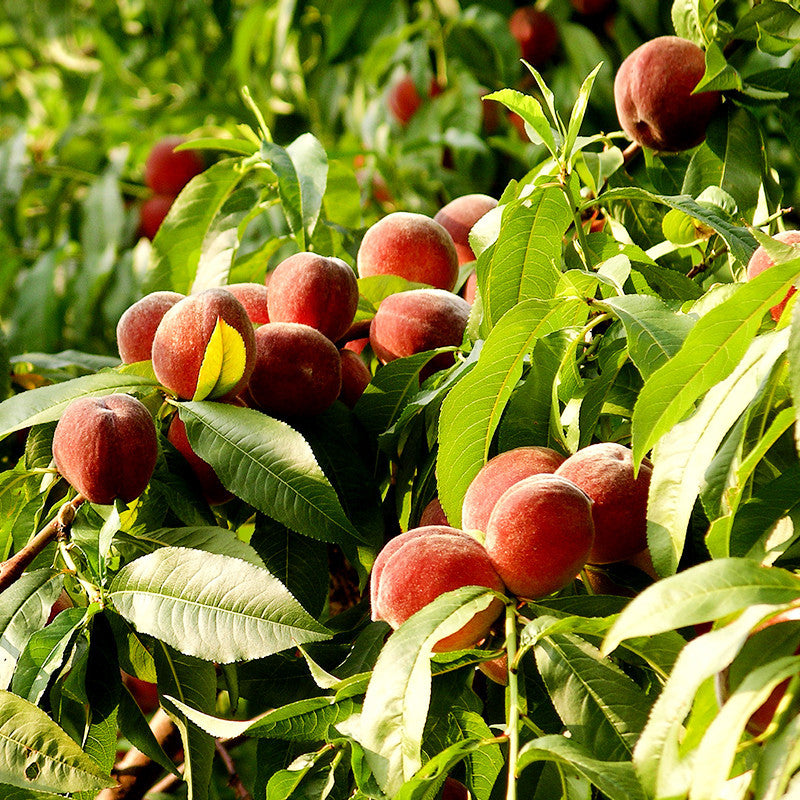

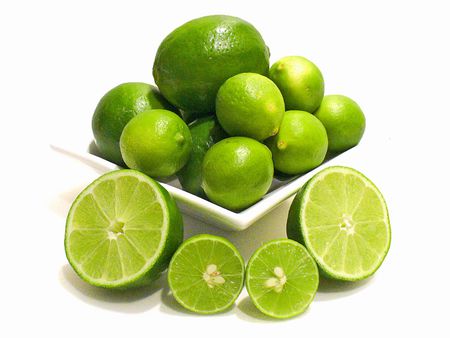

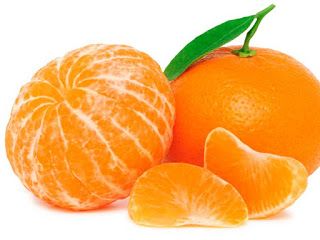


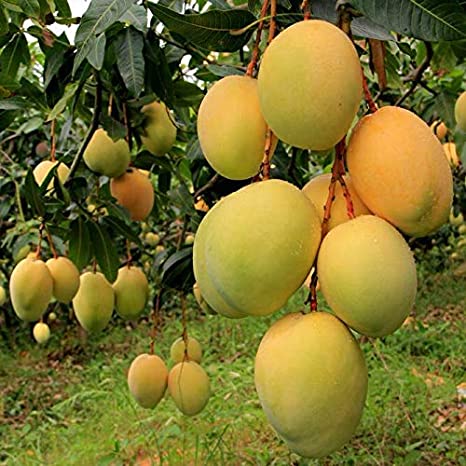

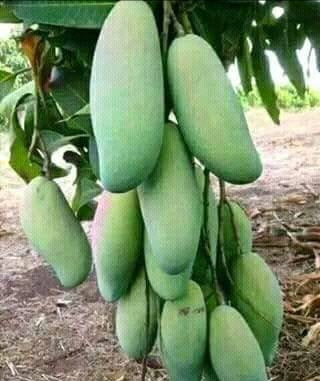


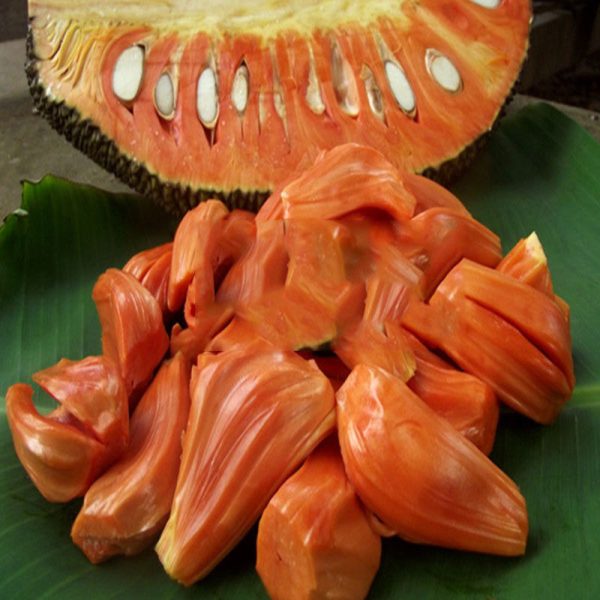
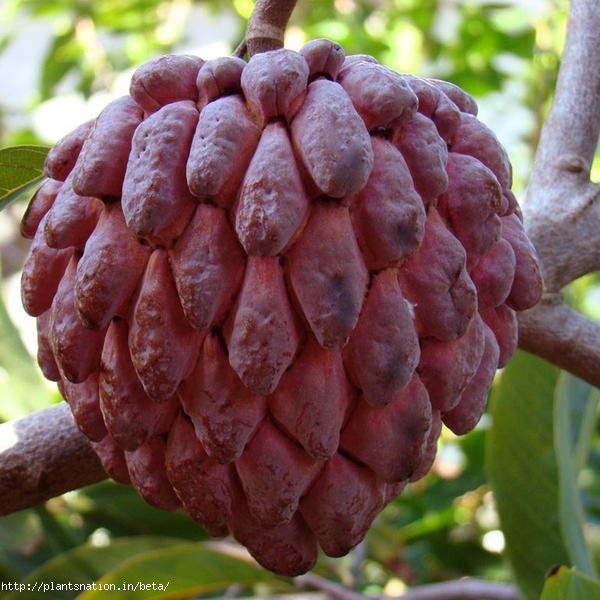
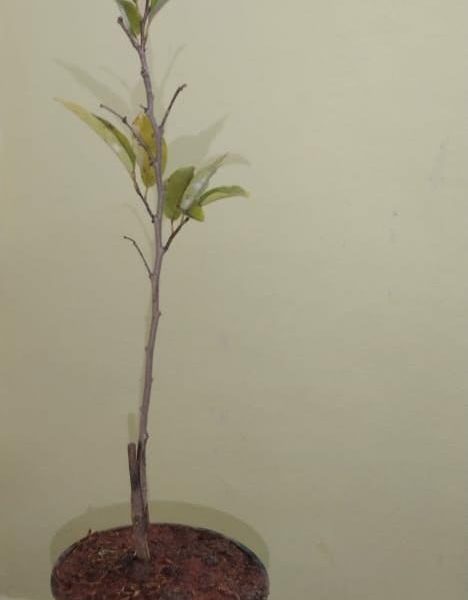
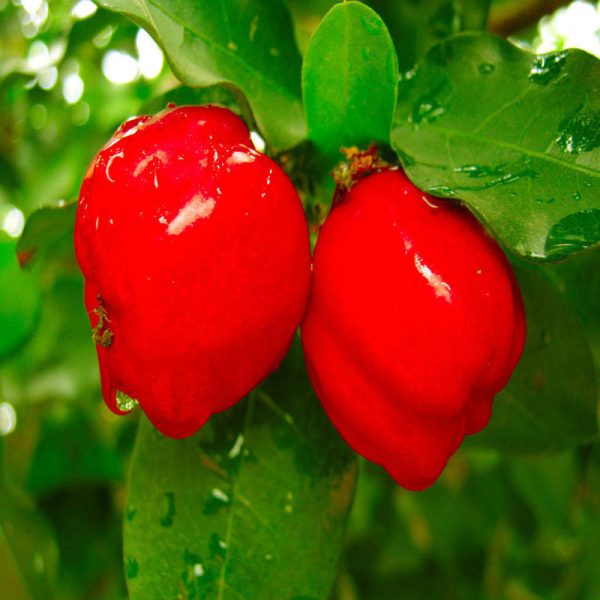
Reviews
There are no reviews yet.